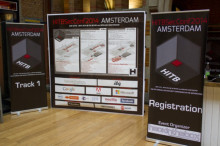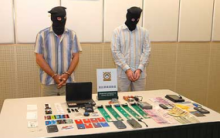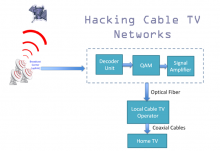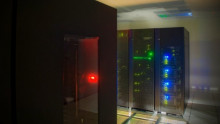New attack methods can 'brick' systems, defeat Secure Boot, researchers say
The Secure Boot security mechanism of the Unified Extensible Firmware Interface (UEFI) can be bypassed on around half of computers that have the feature enabled in order to install bootkits, according to a security researcher.
At the Hack in the Box 2014 security conference in Amsterdam, Corey Kallenberg, a security researcher from nonprofit research organization Mitre, also showed Thursday that it's possible to render some systems unusable by modifying a specific UEFI variable directly from the OS, an issue that could easily be exploited in cybersabotage attacks.












































































